The Secret Weapon in Your Spice Cabinet: Dry Mustard Powder
Table of Contents
What is Dry Mustard Powder?
Dry mustard powder, also known as yellow mustard powder, is a spice made from the seeds of the Brassica juncea plant. It's commonly used in cooking to add a sharp, pungent flavor and a bright yellow color to dishes. Unlike wet mustard, which is a sauce, dry mustard powder is a concentrated form that needs to be mixed with liquid before use.
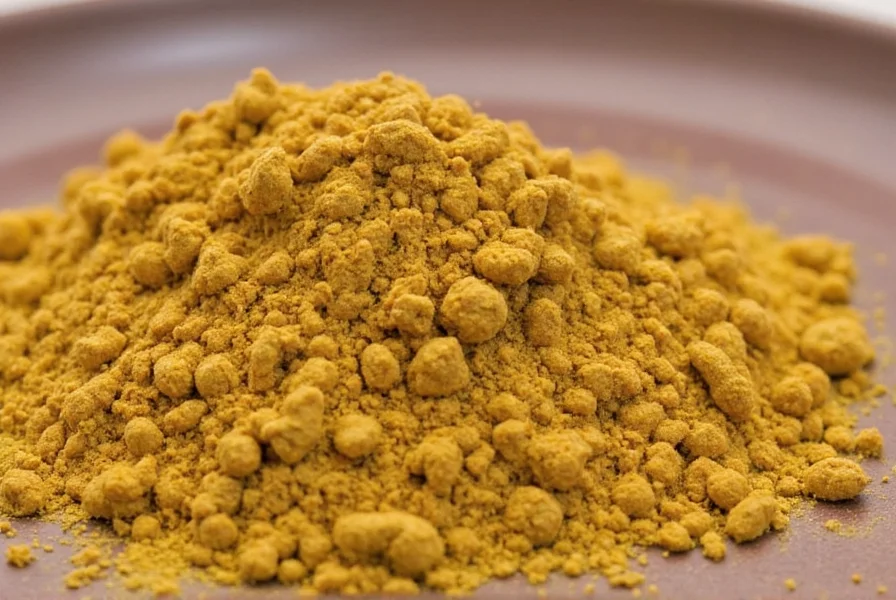
When ground into a fine powder, it can be used in a variety of ways—from seasoning meats to making homemade dressings and sauces. Its versatility makes it a must-have in any spice cabinet, especially for those who enjoy experimenting with flavors and textures.
Why You Should Care About Dry Mustard Powder
If you're someone who loves to cook or has an interest in spices, you should definitely know about dry mustard powder. Here are a few reasons why:
- Flavor Boost: A little bit goes a long way. It adds a tangy, slightly spicy kick that can elevate even the simplest dishes.
- Color Enhancement: It gives a vibrant yellow hue to foods like coleslaw, potato salad, and deviled eggs.
- Versatility: From marinades to barbecue sauces, it’s a go-to ingredient for both amateur and professional chefs.
- Natural Preservative: The antimicrobial properties of mustard can help preserve food longer.
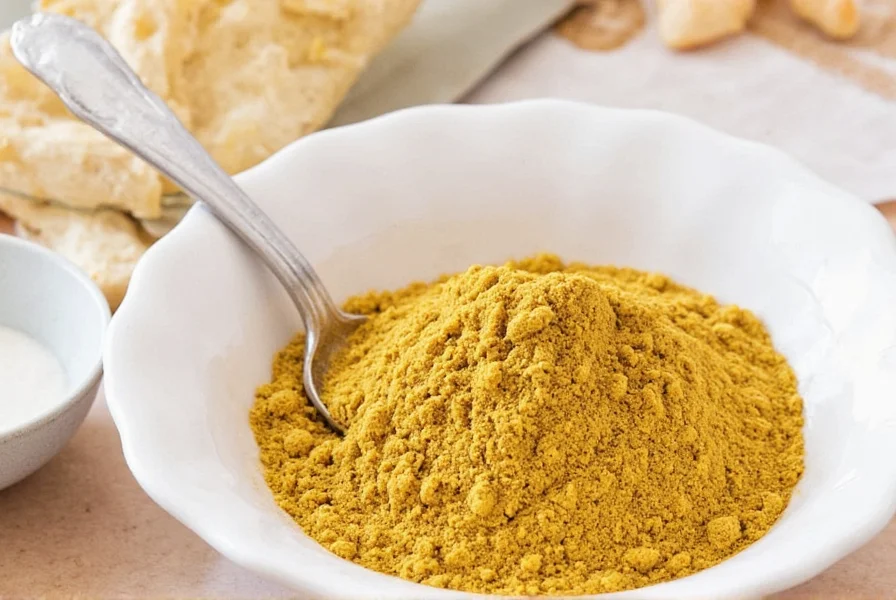
Whether you're grilling, baking, or just looking to add some zing to your meals, dry mustard powder is a game-changer. But how exactly do you use it? Let’s dive into that next.
How to Use Dry Mustard Powder
Using dry mustard powder is simple once you know the right techniques. Here are some practical tips to get you started:
- Reconstitute Before Use: Mix a teaspoon of dry mustard powder with a tablespoon of water, vinegar, or lemon juice to create a paste. This helps release its full flavor.
- Add to Marinades: Stir it into your favorite meat or vegetable marinade for extra depth and heat.
- Enhance Sauces and Dressings: Add a pinch to your homemade mayonnaise, ketchup, or vinaigrette for a tangy twist.
- Season Roasted Vegetables: Sprinkle it over carrots, potatoes, or Brussels sprouts before roasting for a bold flavor.
- Use in Baked Goods: Believe it or not, it can be used in certain types of breads and cookies to add a subtle kick.
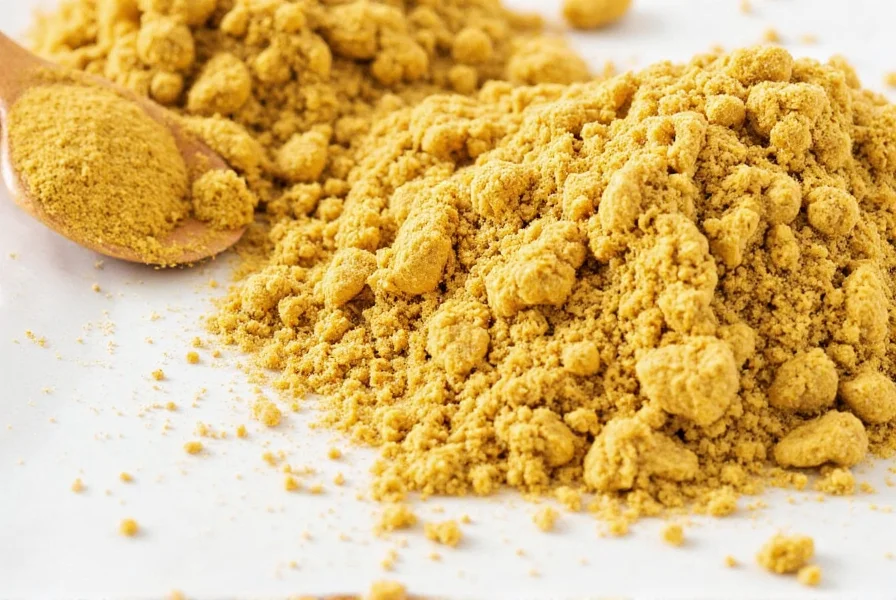
One thing to keep in mind is that dry mustard powder can be quite strong. Start with small amounts and adjust to taste. It's also important to store it properly to maintain its potency and freshness.
Buying Guide for Dry Mustard Powder
When choosing dry mustard powder, there are several factors to consider to ensure you get the best product for your needs:
| Feature | Importance | Example Products |
|---|---|---|
| Origin | High | Indian, European, or American brands |
| Quality | High | Organic, non-GMO, and no added preservatives |
| Texture | Moderate | Fine or coarse grind depending on use |
| Flavor Profile | High | Pungent, sharp, and slightly sweet |
| Price Range | Moderate | $3–$10 per 8 oz jar |
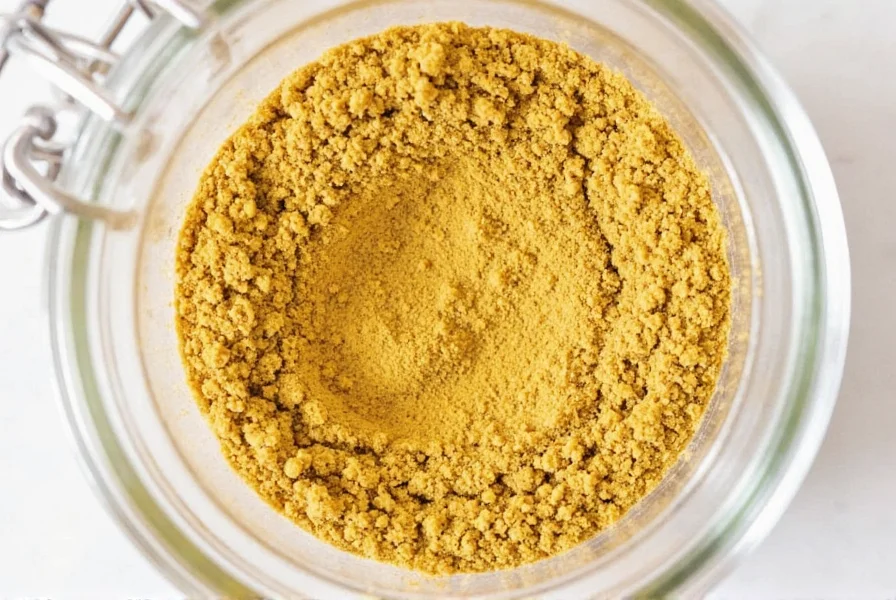
Some popular brands include:
- Maille: Known for its high-quality, French-made mustard powders with a rich flavor.
- French's: A classic American brand that offers a range of mustard products, including dry mustard powder.
- McCormick: A reliable choice for everyday use, available in most grocery stores.
- Bob's Red Mill: A trusted name for organic and natural spices, perfect for health-conscious users.
Each brand has its own unique characteristics, so it's worth trying a few to find your favorite. Whether you're using it in a sandwich, a dip, or a recipe, the right dry mustard powder can make all the difference.
Common Mistakes to Avoid
Even though dry mustard powder is easy to use, there are a few common mistakes people make that can affect the outcome of their dish. Here are a few things to watch out for:
- Overusing It: Too much can overpower other ingredients. Always start with a small amount and adjust as needed.
- Not Reconstituting Properly: Using it without mixing with liquid can result in a harsh, unpleasant taste.
- Storing It Incorrectly: Exposure to air, light, and moisture can reduce its potency and shelf life.
- Confusing It With Other Mustards: Dry mustard powder is different from prepared mustard or Dijon mustard. Each has its own use and flavor profile.
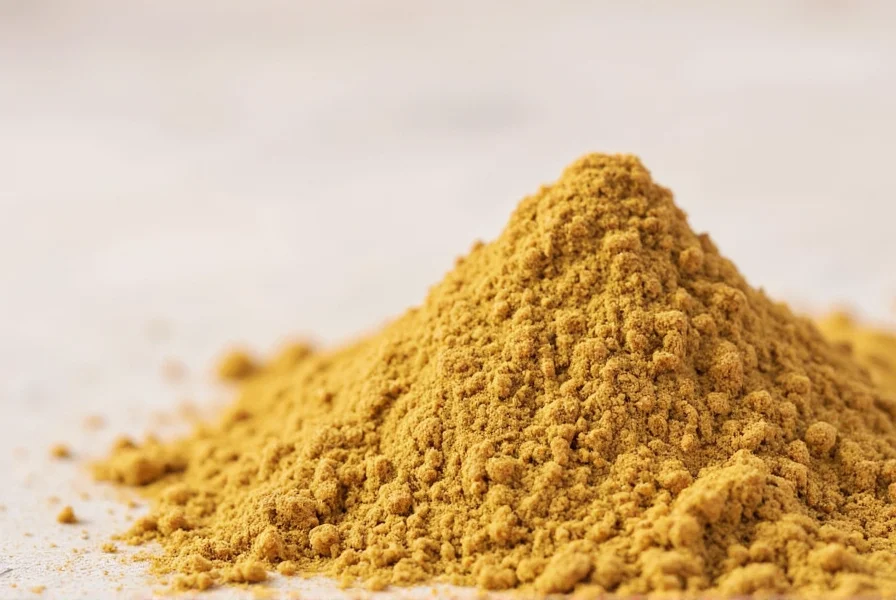
By avoiding these pitfalls, you'll be able to get the most out of your dry mustard powder and enhance your culinary creations with ease.
Conclusion
Dry mustard powder is more than just a simple spice—it's a versatile ingredient that can transform your cooking in countless ways. From adding depth to sauces and marinades to enhancing the flavor of roasted vegetables, it's a valuable addition to any kitchen. Whether you're a seasoned chef or a curious home cook, understanding how to use and choose the right dry mustard powder can elevate your dishes and bring new dimensions to your recipes.
Remember, the key to mastering dry mustard powder is to experiment, taste, and adjust according to your preferences. With a little practice, you'll soon discover why this humble spice has become a staple in kitchens around the world.
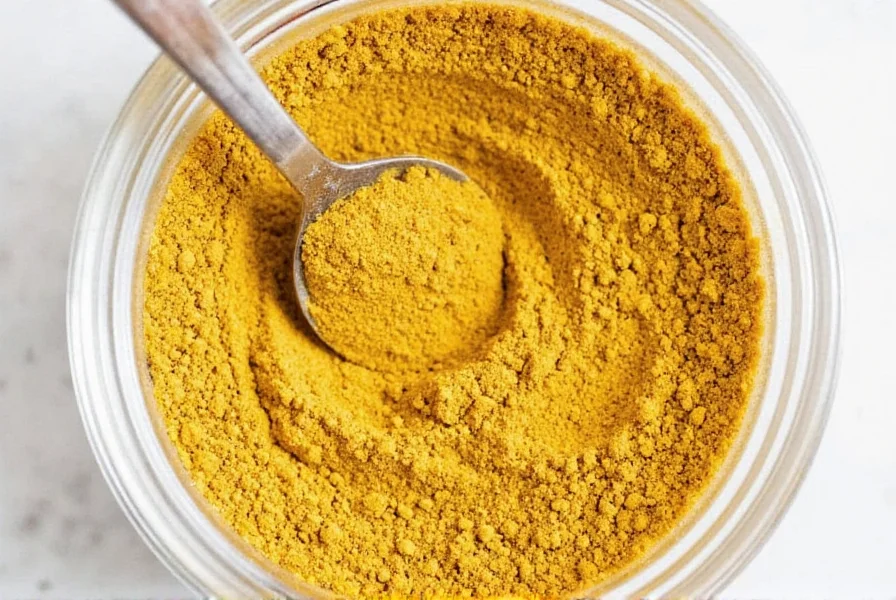
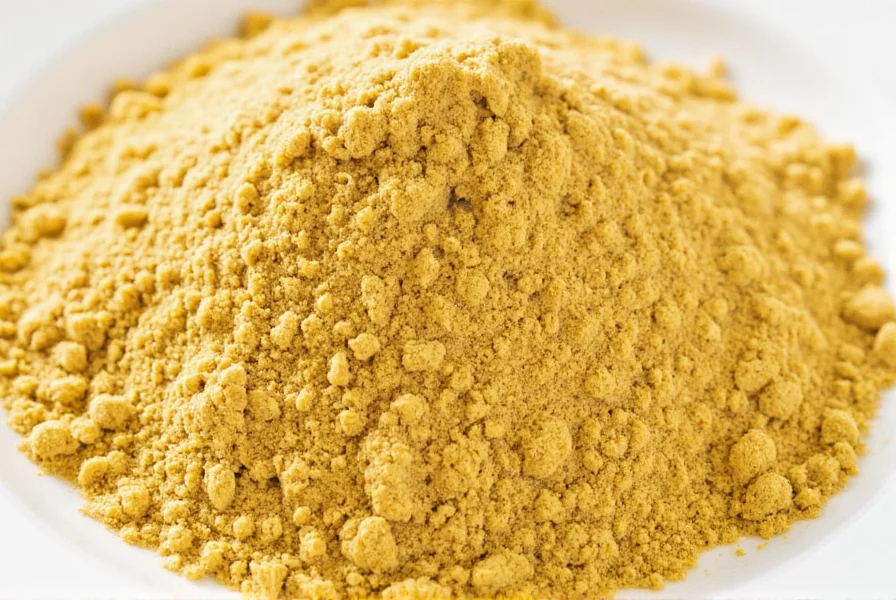
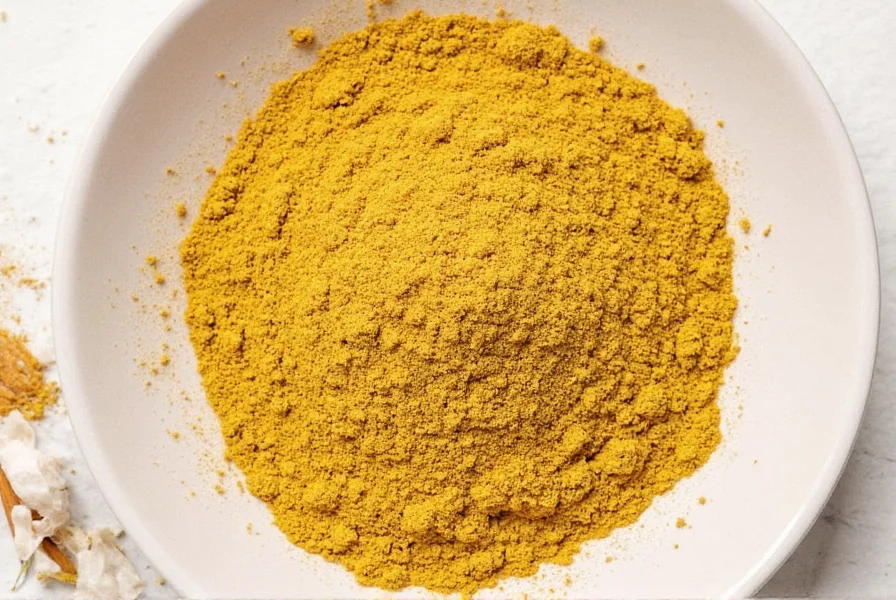
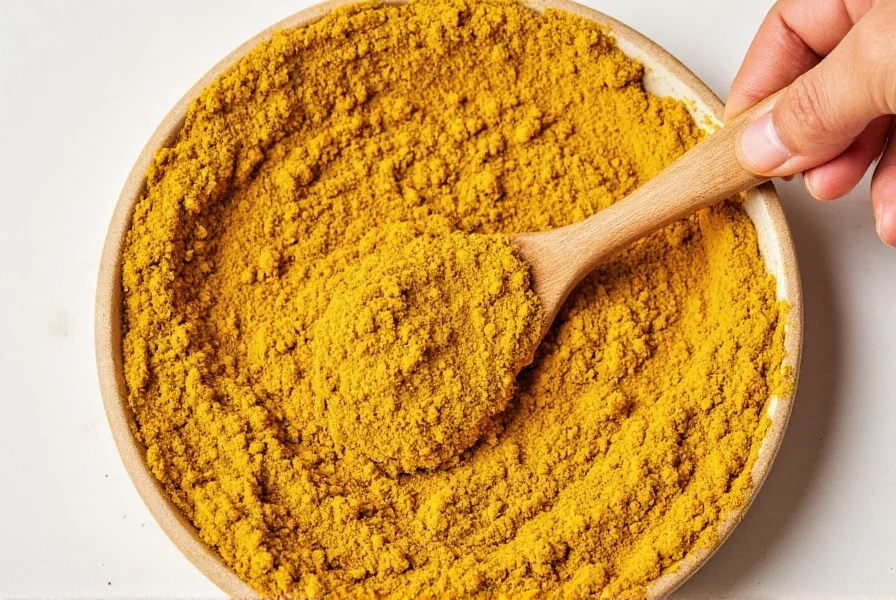
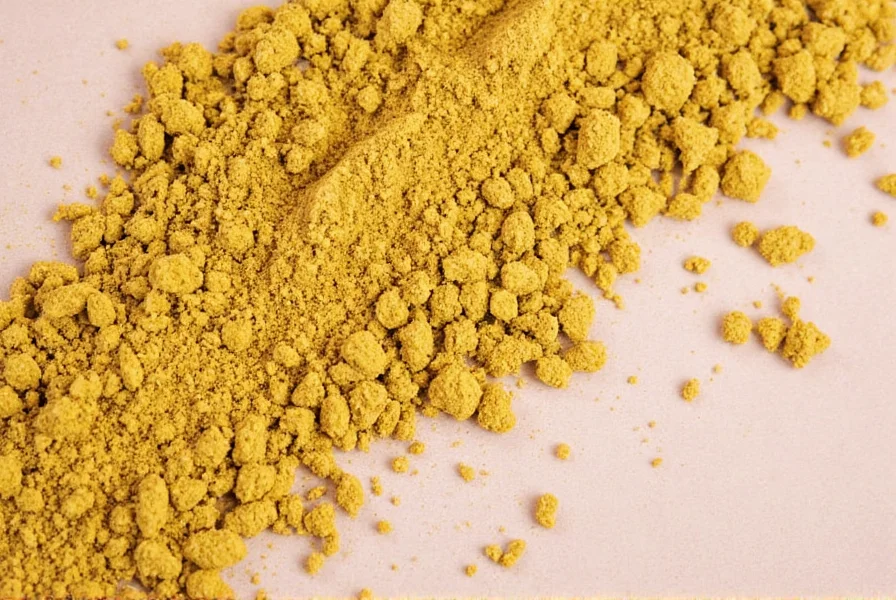

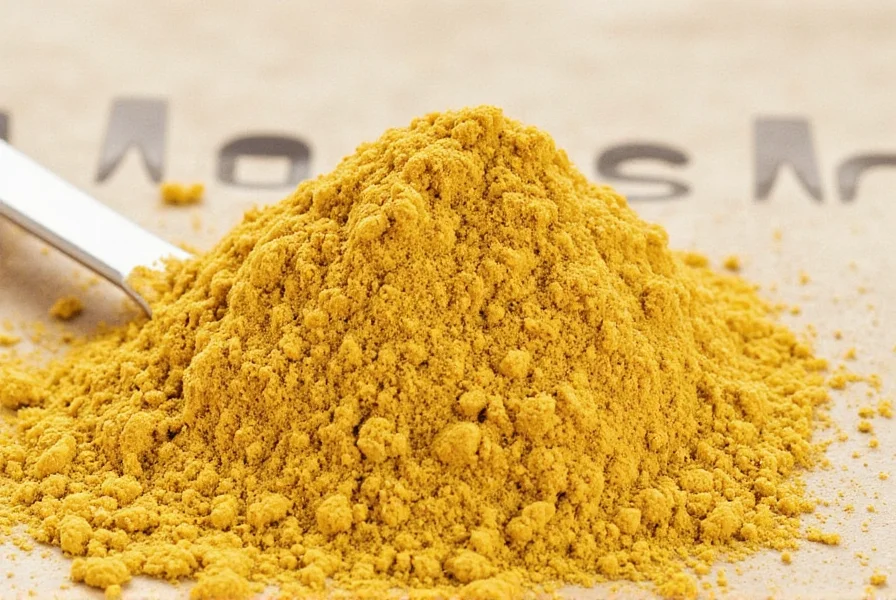









 浙公网安备
33010002000092号
浙公网安备
33010002000092号 浙B2-20120091-4
浙B2-20120091-4